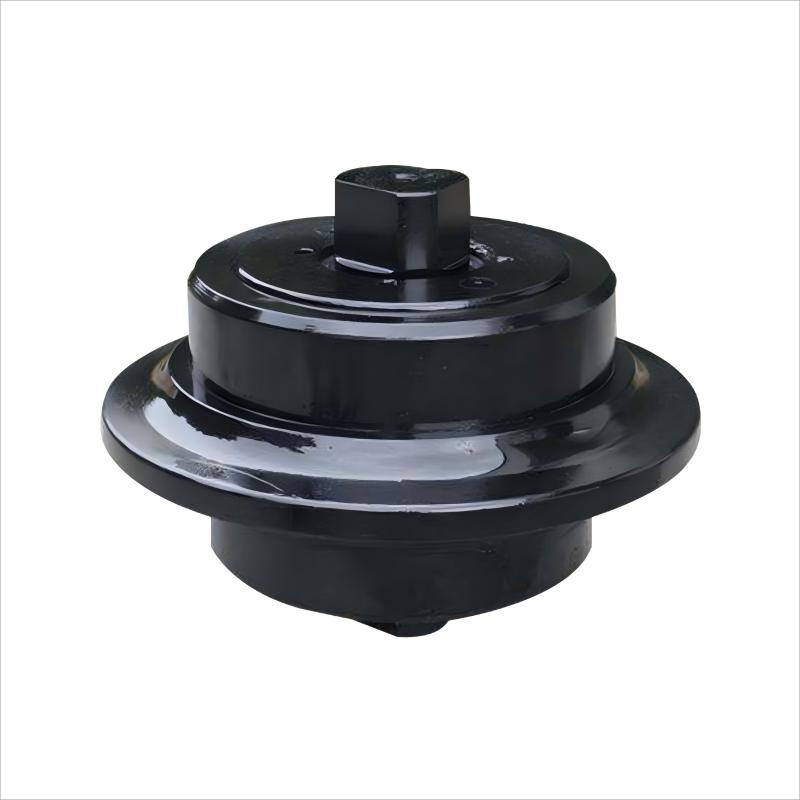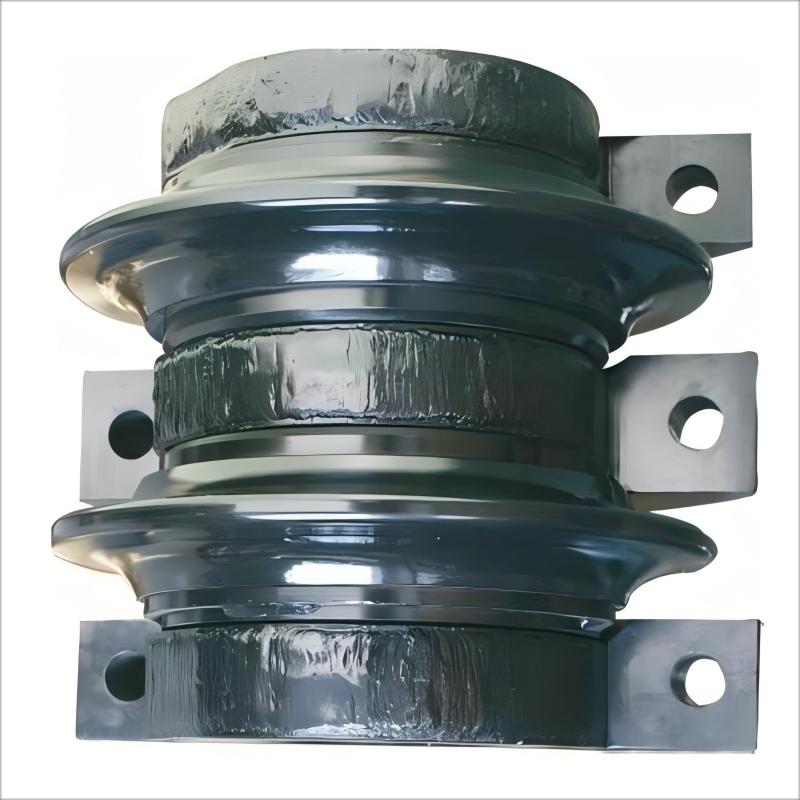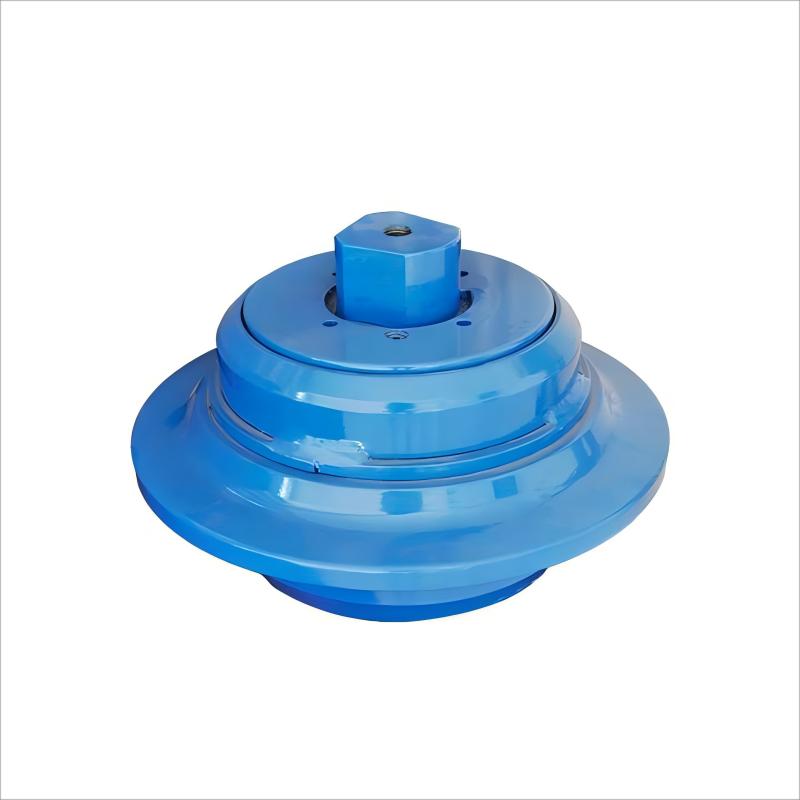




Disc Cutter (also known as a Roller Disc Cutter) is a critical cutting tool used in tunnel boring machines (TBMs) for excavating hard rock formations. Designed to crush and fragment rock through rolling compression, it is engineered to withstand extreme mechanical loads and abrasive conditions. Disc cutters are widely employed in civil engineering projects such as subway tunnels, hydroelectric power stations, and mining operations.
Key Features:
1. Robust Construction:
– Cutter Ring: Made of ultra-wear-resistant materials such as tungsten carbide (WC-Co) or alloy steel, often coated with TiN (Titanium Nitride) or DLC (Diamond-Like Carbon) to enhance durability and reduce friction.
– Cutter Body: Forged from high-strength alloy steel (e.g., 42CrMo), heat-treated to achieve hardness levels of HRC 50–65 and superior fatigue resistance.
– Bearings: Sealed, high-capacity roller bearings ensure smooth rotation under heavy radial/axial loads.
2. Optimized Geometry:
– Blade Profile: Double-edged or single-edged designs tailored for specific rock types (e.g., granite, sandstone).
– Edge Angle: Precision-ground cutting edges to maximize rock fragmentation efficiency.
3. Advanced Cooling & Lubrication
– Internal Cooling Channels (optional): Deliver high-pressure coolant to the cutting interface, reducing thermal stress and extending tool life.
Performance Advantages:
1. High Wear Resistance
– WC-Co cutter rings offer 3–5× longer lifespan compared to conventional steel cutters in abrasive environments.
2. Efficient Rock Fragmentation
– Optimized edge geometry reduces specific energy consumption by 15–20%.
3. Reduced Downtime
– Modular design enables quick replacement, minimizing TBM stoppage time.
4. Adaptability
– Compatible with single shield, double shield, and open-type TBMs.
Why Choose Our Disc Cutters?
– Custom Solutions: Tailored designs for mixed ground or high-abrasion conditions.
– Global Support: 24/7 technical assistance and emergency logistics.
– Cost Efficiency: Extended service life reduces per-meter tunneling costs by up to 30%.